Outdoor Tortoise and Turtle Pens
Secondly, by deciding to house your turtles outdoors, you more often than not will be able to build a larger pen or enclosure than what you could indoors. You might not have a spare room to dedicate an appropriately sized turtle table or tank for one of the medium to larger turtle or tortoise species but you might have a backyard or a patio. Remember the larger your turtle’s pen, the more it resembles its natural habitat, which is better no matter how large or small your turtle is.

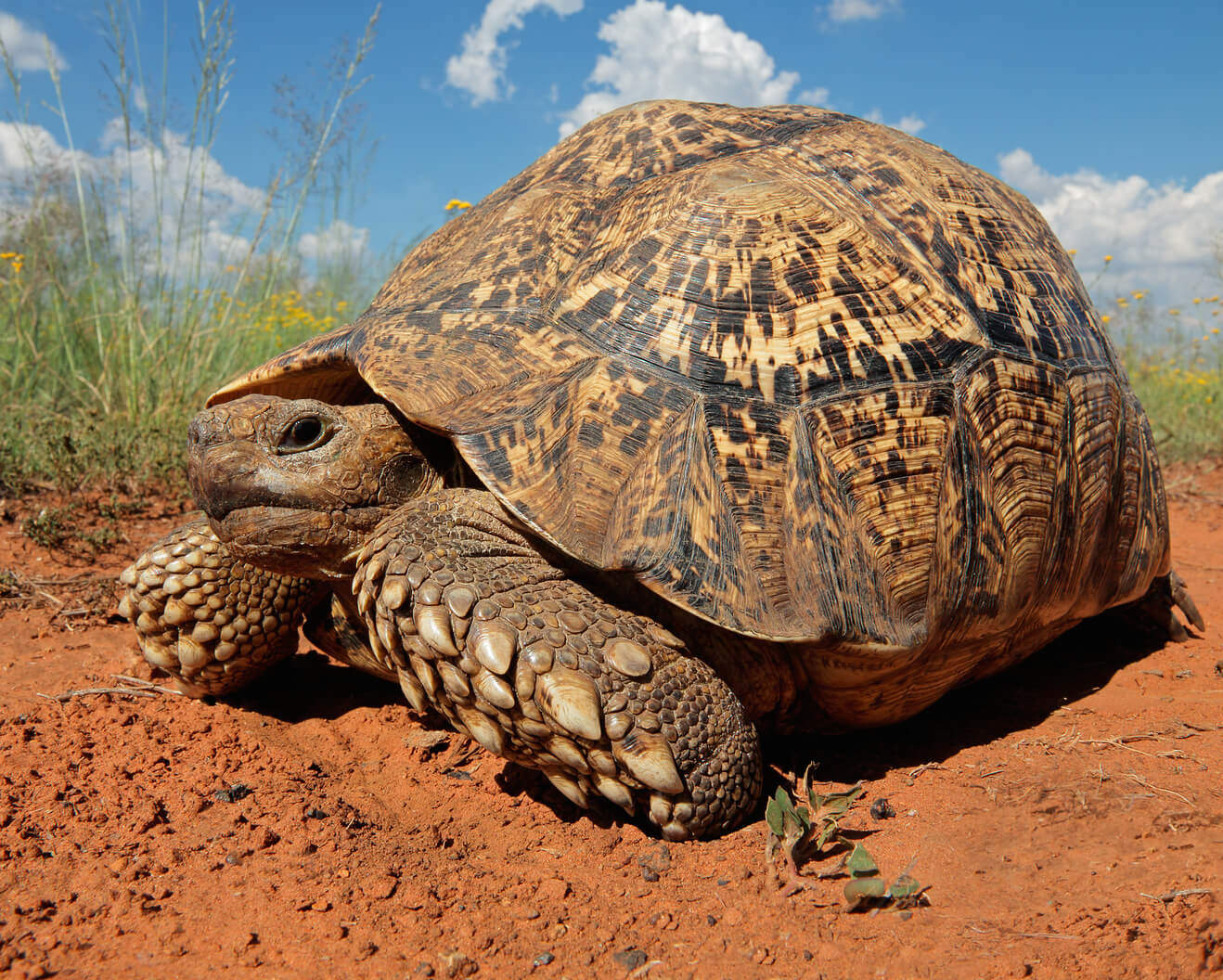
If you have a small tortoise or don’t feel up to building a large outdoor pen, here is a kit you can get for a more practical solution. Zoo Med Wood Tortoise House
How Many Per Pen
You want to do your best to avoid overcrowding in any turtle pen. When you have too many turtles within any given living space, it often leads to more waste in that space and overall poor hygiene of all the inhabitants. The rule of thumb to follow when housing multiple turtles include:
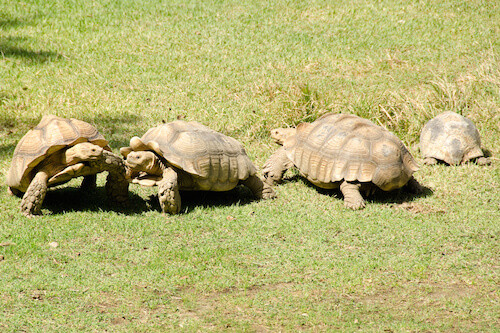
Mixing of the Sexes
In addition to the guidelines on how much space is needed you should think about your male to female ratio. If you don’t want your turtles to breed, you should probably stick to only female turtles. Females tend to get along better with one another than that of their male counterparts. Males are known to be more aggressive towards other males and are often girl crazy as you can observe them chasing the females in their pen. Those being chase constantly can become stressed out and lead to sickness. To keep this from happening, stick to this rule of thumb:
If you house multiple males, make sure their habitat is large and has multiple spaces to get away from each other. A completely open layout is not ideal. Additionally you shouldn’t mix different turtle species (See housing multiple tortoises for more info).
How to Build a Turtle Pen
Building a pen to house your new pets gives you a chance to get creative since there is no right or wrong way to build one. As long as you follow the few guidelines, the sky is the limit on how elaborate you decide to make it . The follow are a few guidelines to help you build your turtle pen.
Select a Pen Location
- Locate your pen where there is plenty of open space to build an appropriate sized pen
- In a spot that get lots of sunshine
- On a slight slope to make it easier for an overturned turtle to right itself.
- In a place with good drainage out of any zone that is prone to flooding
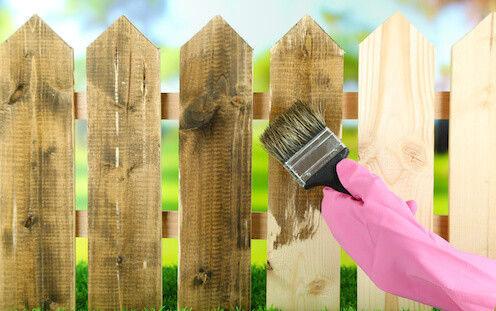
If you don’t have a slight slope in your yard or well drained soil, you can elevate the ground level of your pen similar to an elevated flower bed. When you dig your holes for your fence, you can use some of it to elevate the ground. You might also consider laying down pavers, rock or another porous materials onto a landscaping fabric to build up a base. Once the area is elevated you can add a suitable substrate on top of it. The cheapest solution however is to use some fill dirt taken from another area of your property. It’s only needs to be raised up enough that when it rains, the water doesn’t pool on the surface. A few puddles are okay and in fact, your tortoises or turtles will often drink from these just as they would in their natural habitat. (Drainage is especially important for tortoises that require a dry substrate.)
Common Building Materials
There is no one way to build a pen and it really comes down to your building skills and the tools you have to use. With that said, the following is a list of common building materials to help you build your walls and other features of your outdoor turtle or tortoise pen.
- Aluminum/Vinyl Sheets
- Wood Boards
- Concrete Blocks
- Layered Bricks
- Wooden Posts
- Natural Stone or Rock
- Stucco Walls
- PVC Piping
- Chain Link Fence/Posts
- Wire Mesh Screens
- Heavy Chicken Wire
- Zip Ties/Fasteners
- Nails/Screws/Bolts
- Metal Latches/Hinges
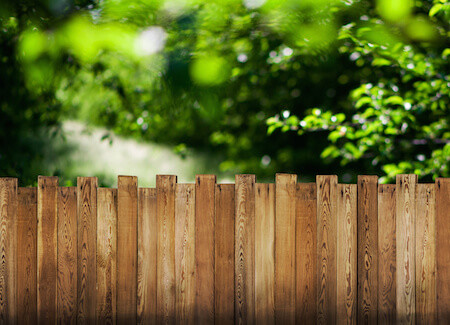
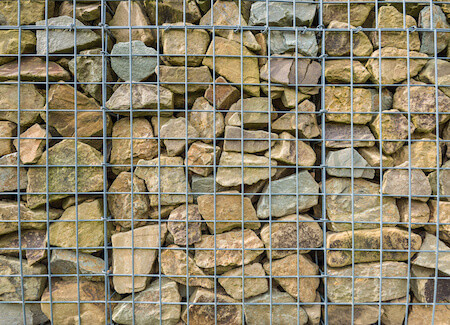
Building a Fence
Box turtles and tortoises are more agile than you might think. They are both good at digging and climbing. For these reasons, you will need to build a pen that can keep them from escaping. This means building a fence thats anchor into the ground deep enough so they can’t tunnel out and high enough that they can’t climb out. Additionally you need to make the walls stand up the elements including wind and rain. A flimsy fence might blow over in a storm and wood can rot from excessive rain.
- Fence Depth: For Box turtles the fence depth should be a minimum of 10 inches (25cm) and for tortoises should 12-30 inches depending on the species.
- Fence Height: For Box turtles the fencing should be 16-20 inches high (41-51cm) and for tortoises it should be twice as tall as the largest tortoise is large.
A good tip to follow is to add a a cap to the top of your fence that expands a few inches into your pen to even further add barriers that your turtles won’t be able to climb. If anything, add these caps to the corners or areas where you think they might be able to work their way over. This can be done using any number of materials just as long as they can be secured and have no chance of falling onto your turtles and injuring them.
Another tip on building your turtle pen is to lay down a chain link fence or some other wire material a few inches under the floor of the pen. While this can be a good solution, it is pretty labor intensive and also requires a lot of extra fencing materials.
Substrate Ground Cover
Box Turtle Substrate: Turtles that need a high humidity environment tend to need a moist substrate. The substrate needs to include materials that either create moisture or that can take in and hold moisture Box turtles pens should have a substrate that includes any of the following combinations:
- chemical free top soil
- leaf mulch
- grasses
- peat moss
- playground sand
- loose coconut fibers (fully expanded)
- ground bark from fir trees
- mixes of dirt and bark that allows for plant growth
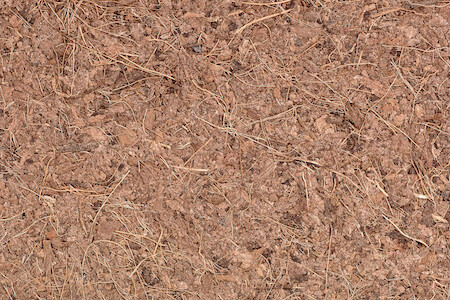
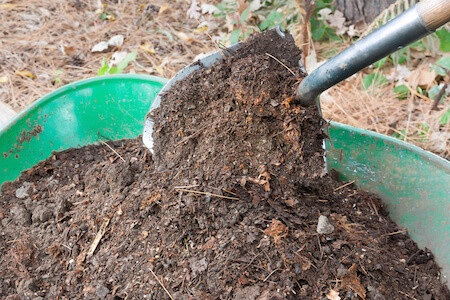
Tortoise Substrate: for tortoise breeds that require dry low humidity environments, you will need a substrate that doesn’t retain moisture and drains well. Loose sandy soil is usually the best option. Pet stores offer a calcium type of sand that is said to be suitable for tortoises but it can be expensive if you wanted to cover your entire pen with it and there is a potential that your tortoises will eat it. The best solution is to buy clean playground sand and mix into your soil.
You might also want to Add some flat stones or pavers that your turtles and tortoises can walk on to help wear down their toenails. Lastly, you should avoid hard packed dirt because when it gets wet it becomes very slick and would make it hard for any turtle the right itself if overturned.
Adding Feeding and Water Dishes
When you decide on your pen layout and what types of substrate to use, you should also be thinking about your turtle’s feeding and drinking areas. It’s best to locate these in an area where the pen is shaded and has a few hiding areas. This will help the food from going bad or the water from evaporating quickly. Hiding places make it so any shy turtles will feel comfortable to eat.
A large shallow water reservoir for drinking and soaking in is a must for both turtles and tortoises. While they might not always have this in the wild, they will certainly enjoy it if you can provide it. It works best if you can place these watering holes into the ground so as to make it easy for your turtles to enter the water. The rims of these reservoirs should be low profile and not steep so the turtles can just as easily get out of the water. A few good solutions include plant saucers or new paint roller tins.
Food dishes or feeding areas should be placed on a flat solid surface and not on any loose substrate. substrate that can stick to food like sand can possible be ingested and may or may not lead to digestion problems. This is why it’s important to add a few pavers or flat rocks in the substrate (See Turtle Food for more info).
Security from Predators
While an outdoor turtle pen is the best option for housing a your pets, they do come with some disadvantages. The biggest being the threat from predators. There is a long list of predators that include coyotes, opossums, raccoons, large birds and several other wild animals but the biggest threat might come from your very own household pet, your dog. There have been numerous cases of a family dog that got along with the family’s pet turtle for years only to have the owners come home to find their pet turtle seriously injured by that same dog. You should never fully trust your dog to to behave around your pet turtle so never leave the two together while you are not around to monitor your dogs every move.
When you house your turtles and tortoises outdoors, you need to either add a top to your pen or build an over night secured pen. The later is the most practical option if you have a large expansive pen. The top should be sturdy and have a latch. A lock is often a good idea since sometimes humans can be one of the predators. Most people use a strong wire mesh lid made out of chain link fence or heavy duty chicken wire materials.
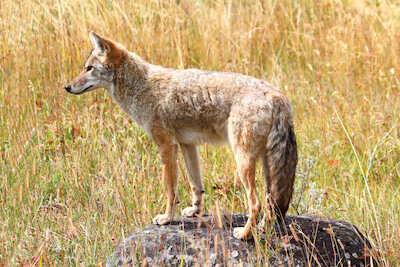
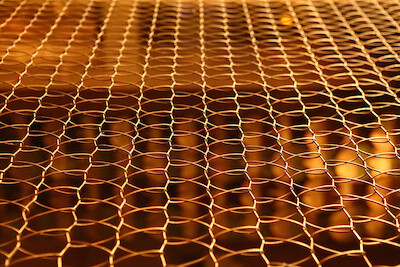
Dealing with Pests and Insects
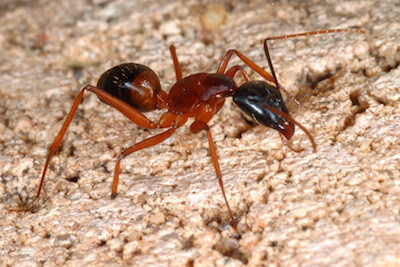
Toxic Plants to Avoid
Here is a list of poisonous plants that if eaten can cause serious health problems for your turtles or tortoises. Some of your turtles will avoid these toxic plants by instinct but others will not know any better. The point is, you can never to careful and you should avoid placing any of the following plants into your turtle pen enclosure.
- Aconite
- Anemone
- Azalea
- Begonia
- Bird of Paradise
- Buttercup
- Calla Lily
- Cyclamen
- Daffodil
- Dianthus
- Foxglove
- Hemlock
- Hydrangea
- Ivy
- Lily of the Valley
- Lobelia
- Mistletoe
- Nightshade
- Oleander
- Prunus
- Ragwort
- Rhododendron
- Sweet Pea
Reviewed By: Tim Winter

Tim Winter has a strong affection for pets and wildlife. His years of experience caring for various types of pets has led him to share his knowledge with others on the best practices in pet care. Tim holds a Bachelor of Science from the University of Oregon School of Journalism and Communications.

We just moved into a new home with 10 acres in northern Wisconsin. I want to clear out a spot this summer for a turtle pond. We’ve always liked turtles I’ve even stopped in the middle of the highway to help a turtle across the road. I think I developed my love for turtles from watching ninja turtles as a kid lol. My fiance and I always wanted a turtle pond and I’m looking for advice. It can get 20 below or more up here in the winter and we want a year round turtle pond in the yard. I’m wondering how deep and large I should make it and the best type of turtle to have in it. We also want to put frogs in there and have many dragon flies around it. The land around the house seems to be mostly sand and that’s where we want it. Back in the property a ways there’s some swamp and marsh land. Any advice would be great thank you.
If you get native species they will do just fine in an outdoor pond. The pond just needs to have a large enough volume of water and or more importantly, be deep enough to act as a buffer from the outside temps. Turtles will dig down into the bottom substrate and “hibernate”.
Take a look at these pages for more information: native turtle species of Wisconsin, how to set up a pond, winterizing a pond, goldfish pond care
I wish I read this article earlier. Yes, never trust your dog or cat. My dogs never messed with the turtles before and the other day she (dog) killed my favorite turtle. I was devastated and still am. It was horrible. Read as much as you can and take notes if you have turtles for pets.
Oh no! We are very sad to hear that. 🙁
An Eastern Box Turtle was living in the enclosed privacy fenced yard of the home we bought. Since we didn’t move in unto November 2010 we didn’t know it existed untill last spring 2011. Our back yard is one third an acre and completely fenced in so we have no idea how long this turtle has been living here. The home was vacant and foreclosed on when we purchased it so we couldn’t ask the previous owner. The turtle goes all over the yard and is pretty fast getting around. We put extra mulch in the corner this fall where it mostly stays. It just came out of hibernation last week and we don’t have a clue if it’s healthy so we bought Wardley Reptile Sticks and didn’t know if that’s okay to give the turtle. We did put some romain lettuce, tomatoes, carrots and strawberries out for it. It ate the tomatoes and lettuce. Also we don’t know the gender or age. There’s a small pond which previous owners had in corner and we keep fresh water in it. Is the Reptile Sticks fortified with calcium safe? Also, is there anything else we need to do for this turtle? It’s quite interesting to watch and we don’t want anything to happen to this cute turtle. Any advice would be helpful. Great web site!!!
Wow that’s pretty neat to find a turtle in your yard!
The mulch is a great idea. When it gets too hot or cold, it will burrow into the mulch to regulate its body temperature. This might also be a great place to hibernate.
Take a look at this post on how to feed a box turtle but the sticks are okay as long as it’s eating other things too. It clearly survived off of greens and bugs on its own but the added calcium can be beneficial.
The pond is important to allow it to bathe and drink fresh water so that’s good you kept it.
Normally I would say you need to keep it safe from predators by building a secure pen but this is essentially a wild turtle and has done well fending for itself. You might add a small shelter for it like a dog house to protect it from the elements but again, it doesn’t sound like it’s necessary since it probably already has some good hiding spots.
To find out the gender, you can look on the underside to see if the bottom plastron is flat or concave. the females tend to have a flat shell while the males will be concave. The eyes of a male are red while the females will have brown eyes.